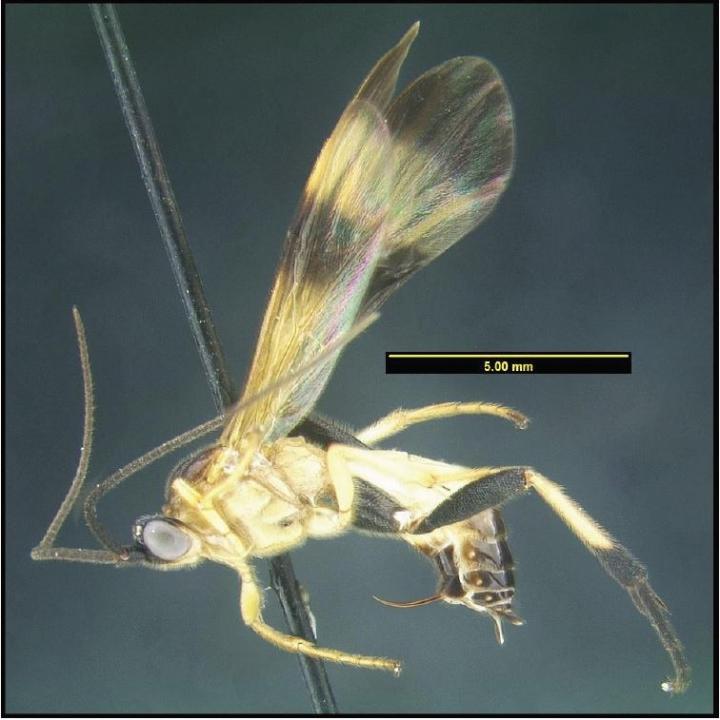At today’s rate, it could take another two millennia for science to document all currently existing species of multicellular life

Credit: Michael Sharkey
Two hundred and sixty-one years ago, Linnaeus formalized binomial nomenclature and the modern system of naming organisms. Since the time of his first publication, taxonomists have managed to describe 1.8 million of the estimated 8 to 25 million extant species of multicellular life, somewhere between 7% and 22%. At this rate, the task of treating all species would be accomplished sometime before the year 4,000. In an age of alarming environmental crises, where taking measures for the preservation of our planet’s ecosystems through efficient knowledge is becoming increasingly urgent, humanity cannot afford such dawdling.
“Clearly something needs to change to accelerate this rate, and in this publication we propose a novel approach that employs only a short sequence of mitochondrial DNA in conjunction with a lateral image of the holotype specimen,” explain the researchers behind a new study, published in the open-access journal Deutsche Entomologische Zeitschrift (DEZ).
In standardized practices, it is required that experts conduct plenty of time- and labor-consuming analyses, in order to provide thorough descriptions of both the morphology and genetics of individual species, as well as a long list of characteristic features found to differentiate each from any previously known ones. However, the scientists argue, at this stage, it is impossible to pinpoint distinct morphological characters setting apart all currently known species from the numerous ones not yet encountered. To make matters worse, finding human and financial resources for performing this kind of detailed research is increasingly problematic.
This holds especially true when it comes to hyperdiverse groups, such as ichneumonoid parasitoid wasps: a group of tiny insects believed to comprise up to 1,000,000 species, of which only 44,000 were recognised as valid, according to 2016 data. In their role of parasitoids, these wasps have a key impact on ecosystem stability and diversity. Additionally, many species parasitise the larvae of commercially important pests, so understanding their diversity could help resolve essential issues in agriculture.
Meanwhile, providing a specific species-unique snippet of DNA alongside an image of the specimen used for the description of the species (i.e. holotype) could significantly accelerate the process. By providing a name for a species through a formal description, researchers would allow for their successors to easily build on their discoveries and eventually reach crucial scientific conclusions.
“If this style were to be adopted by a large portion of the taxonomic community, the mission of documenting Earth’s multicellular life could be accomplished in a few generations, provided these organisms are still here,” say the authors of the study.
To exemplify their revolutionary approach, the scientists use their paper to also describe a total of 18 new species of wasps in two genera (Zelomorpha and Hemichoma) known from Área de Conservación Guanacaste, Costa Rica. Currently, the team works on the treatment of related species, which still comprise only a portion of the hundreds of thousands that remain unnamed.
###
Original source:
Meierotto S, Sharkey MJ, Janzen DH, Hallwachs W, Hebert PDN, Chapman EG, Smith MA (2019) A revolutionary protocol to describe understudied hyperdiverse taxa and overcome the taxonomic impediment. Deutsche Entomologische Zeitschrift 66(2): 119-145. https:/
Media Contact
Michael Sharkey
[email protected]
Related Journal Article
http://dx.




